&”…the true social and industrial boost begun in 1924 when a Japanese citizen called Gashu, who discovered how fit the zone was for the production of flowers, settled in the land. Along with a group of Japanese immigrant workers, he started the first large plantations. Just five years later producers of Portuguese, Italian, Belgian and Dutch origins were emulating him. Nowadays, with almost 400 floral establishments, this city is the first flower producer in the province. The abundant nurseries, with an enormous offer in plants and flowers, have become a permanent attraction, especially during weekends.”
– from Enjoy South America website
Belén de Escobar – Sounds lovely, doesn’t it? I guess I just missed the area where all those floral establishments are. I knew I didn’t get out to the riverside area, and I did concentrate in the center of town, so maybe the nurseries are out more along the edges (though I did head out Route 25, as noted yesterday, and didn’t see anything but a shopping mall, the zoo, and the brewery where I had lunch). Perhaps I need a guide. Either way, there were some very pretty little plazas in the center of town, all of which the various tourism websites touted as spots to go and see flowers – and there were some, just not the quantity nor quality I’d have expected from “the City of Flowers”.
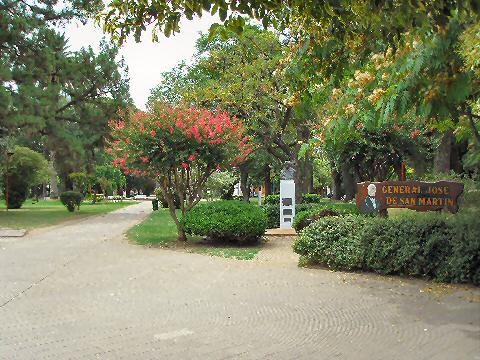
No doubt that Plaza San Martín, one of two major plazas that I encountered, is well landscaped…
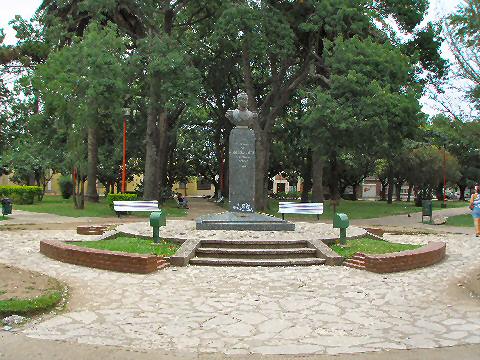
And the man’s bust graces the center… lots of grass and trees, no flowers…
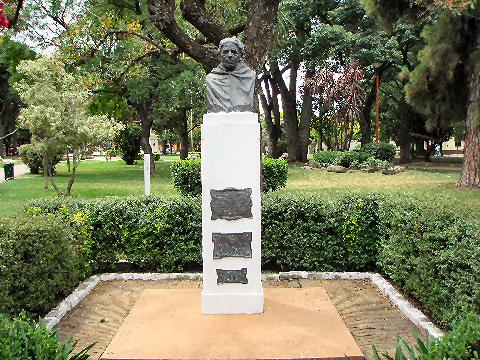
He shares the plaza with Dr. Eugenia Tapia de Cruz, a serious looking woman who appears to have been the founder of the city, the main local church, currently covered in scaffolding and closed, is named after her.
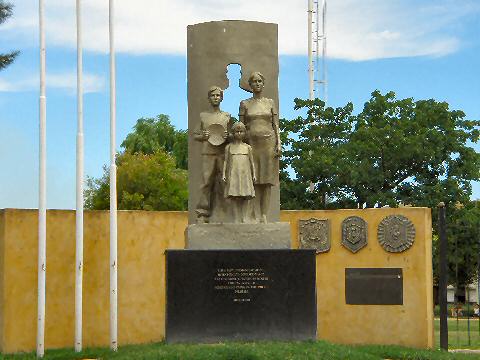
At one corner of what seems to be the main city plaza is this monument to “those who have fallen”, though there’s no indication of where, how, or why they fell…
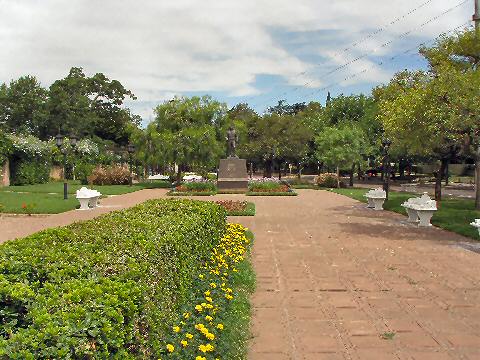
General de Rosas merits his own plaza, which actually has some quiet pretty flowerbeds, though not overly well tended at the moment. There’s a nice gazebo on the opposite end from the general’s statue…
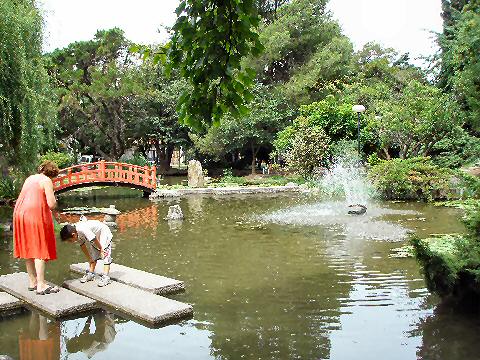
The one thing that was open was the Japanese garden – locals, clearly known to the gatekeeper, wander in and out at whim, strangers like myself get blocked and asked for a contribution to enter – but hey, it’s only a peso.
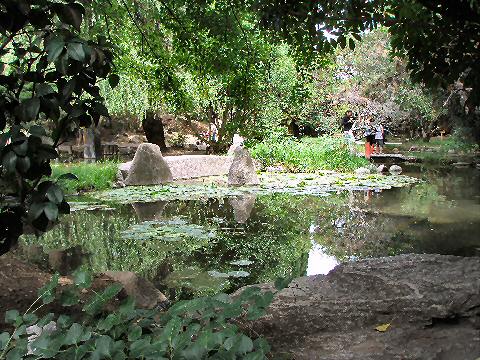
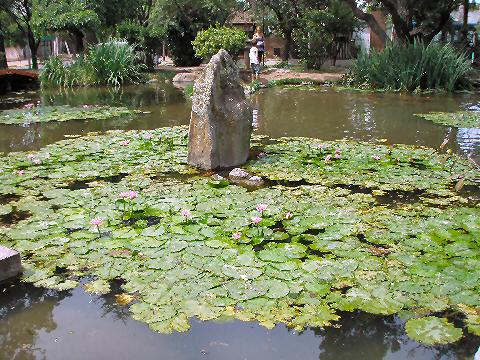
A nice central pond is well stocked with lilypads and koi. Overall, the garden, while pretty, is quite small, and very tranquil. Other than being next to the main park in which an open air rock concert was going on.
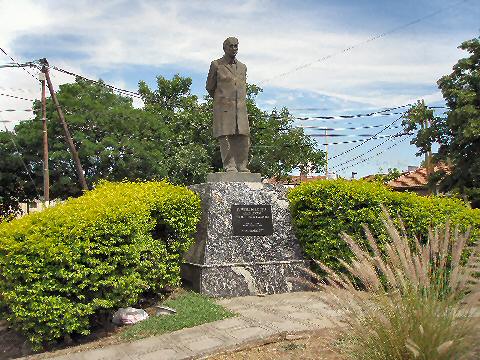
Dr. René Gerónimo Favaloro was the doctor who I gather invented the procedure for coronary bypass surgery. I’m not clear why his statue stands at the side of the central park in Belén – he was born and raised in the provincial capital of La Plata, and much later established his primary clinic out in the province of La Pampa, and further along, a cardiac specialty medical training facility in the city of Buenos Aires. But, here he is.
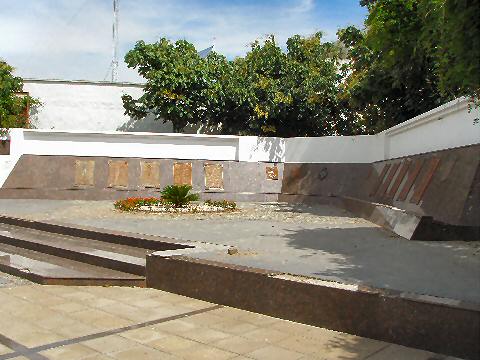
There is a small wilted flower patch at the equally decrepit monument to the Malvinas/Falklands war, with missing plaques, lists of names of those who were killed in the battle…
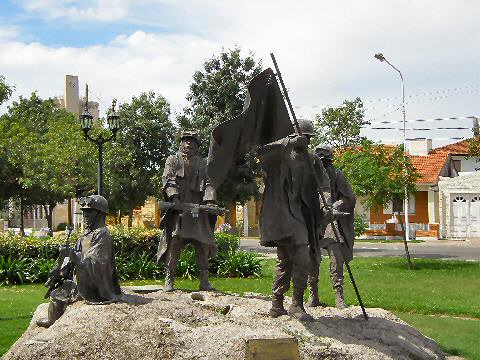
…more interesting, in the center of this little plaza, a monument to the four folk from Belén and surrounds who lost their lives there – Rodolfo Manuel de la Colina, Orlando de Chiara, Jorge R. Sosa, and Jorge Roberto Inchauspe.
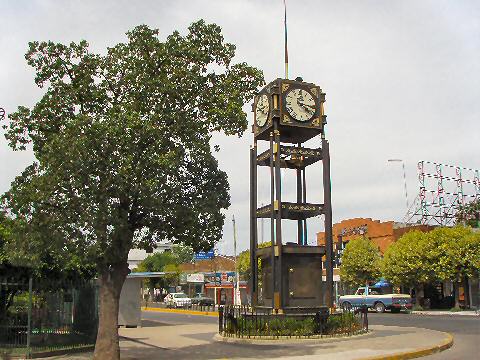
…and, the sight of this clock down the street as I reach Ruta 25, reminds me of how late it’s getting and that I must be headed out to the brewery, hoping it’s open for lunch.
You need to go the Ciudad del Flor (it is an enclosed area that feature the varios flowers “viveros” grow in Escobar. It is better to visit during spring coz this place come to life during the annual Fiesta del Flor ~ September or October- depending on when flowers are at glorious and plentiful.
Summer is not the best time to search for great flowers here, even if majority of the viveros that provide flowers for the City of Buenos Aires are in Escobar.
Dan, congrats, you took really nice photos and thank you for sharing.
[…] been quite a few years since I popped up to Belén de Escobar, a bit northwest of the city. That time it was just a day of wandering around and a visit to the […]